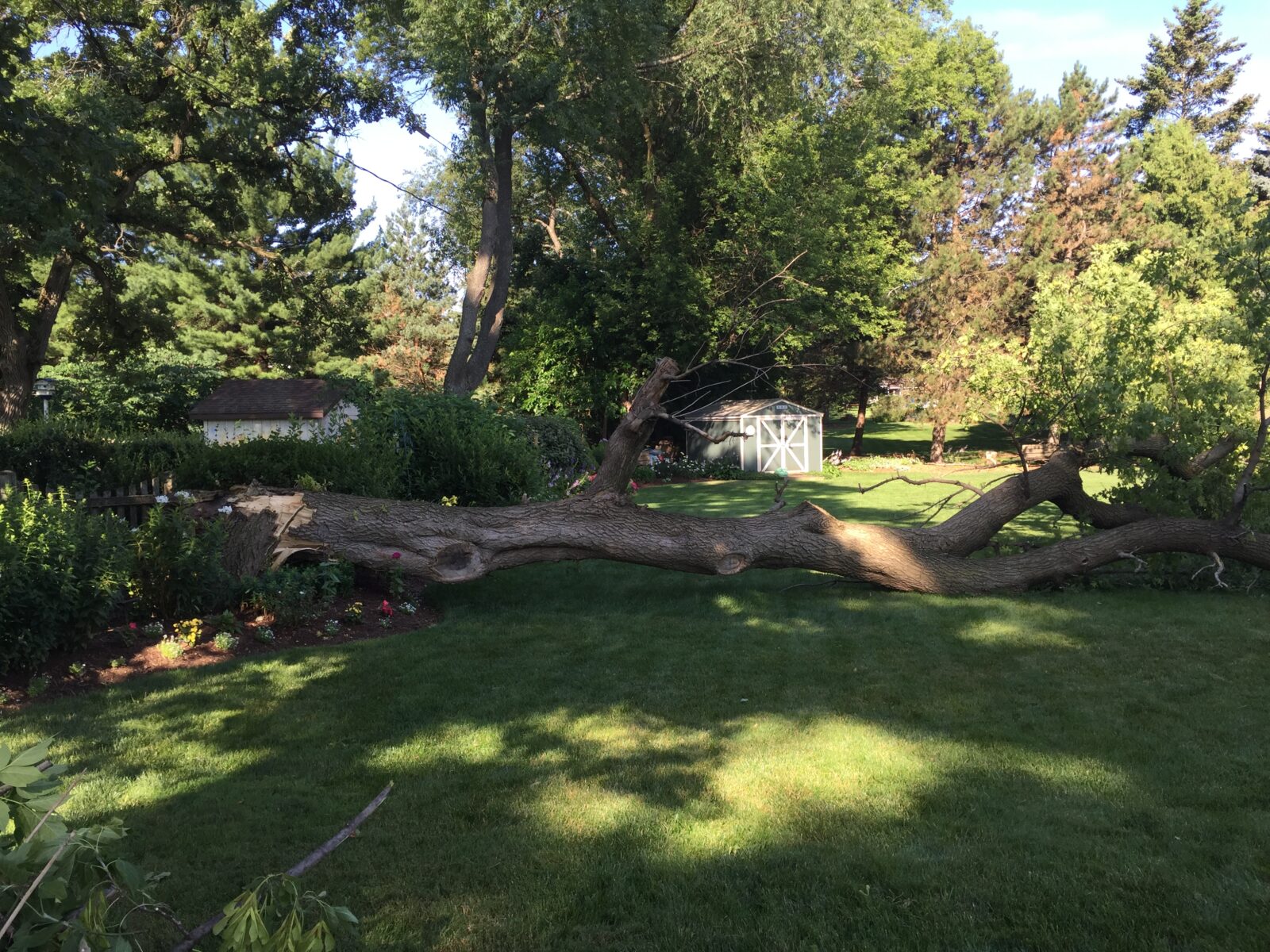Podcast: Play in new window | Download
Do you ever find solutions to major problems? We may not know where to start of how to proceed. Who do we talk to and get information? Today’s podcast centers on Living a longer and Healthier Life. It begins with a few more comments on death as talked about a few sessions back and the Stages of grief we go through when we have lost a person close to us. Often we revert to one of these. It may take weeks, months, or even years to resolve the loss of a loved one.
-
- Denial:
- Description: In the initial stage, individuals may have difficulty accepting the reality of the loss. There is a sense of shock and disbelief.
- Behavioral Signs: Denial may manifest as avoiding discussions about the loss, pretending the person is still alive, or engaging in activities as if nothing has changed.
- Anger:
- Description: As the reality of the loss sets in, individuals may experience intense emotions of anger and frustration. This anger can be directed at themselves, others, or even the person who has passed away.
- Behavioral Signs: Outbursts of anger, resentment, irritability, or feelings of injustice are common during this stage.
- Bargaining:
- Description: In this stage, individuals may try to negotiate or make deals in an attempt to reverse or alleviate the pain of the loss. This often involves seeking a higher power or making promises in exchange for a different outcome.
- Behavioral Signs: Praying for the return of the loved one, making promises to change certain behaviors, or attempting to find meaning in the loss through negotiation.
- Depression:
- Description: As the impact of the loss becomes more apparent, individuals may experience profound sadness and a sense of hopelessness. This stage involves coming to terms with the reality of the situation and the depth of the loss.
- Behavioral Signs: Withdrawal from social activities, changes in sleep and eating patterns, overwhelming feelings of sadness and despair.
- Acceptance:
- Description: In the final stage, individuals begin to come to terms with the reality of the loss. Acceptance does not mean forgetting or being completely “over” the loss, but rather finding a way to live with it and move forward.
- Behavioral Signs: Re-engaging with daily activities, developing a new routine, and finding a sense of peace with the memories of the loved one.
It’s important to recognize that these stages are not a one-size-fits-all model, and individuals may move through them at their own pace. Grieving is a highly personal and individual process, and people may revisit certain stages multiple times as they navigate their emotions and come to terms with the loss. Seeking support from friends, family, or a mental health professional can be beneficial during this challenging time.
- Denial:
Some may also suffer from guilt. Linda shares some personal reflections on these topics.
Linda talks about recognizing others when they have had a loss. We can’t compare, but we can adapt some the skills they used to get through difficult situations.
The second half of the podcast is on “Living a Long Life”. Some of these ideas may help you hit 100 and still be well.
1. **Develop new friends and keep the old:**
– Join social clubs or organizations related to your interests.
– Attend local community events or gatherings.
– Utilize social media platforms to reconnect with old friends and stay in touch.
2. **Enjoy your pets and let them help you stay active:**
– Take your dog for regular walks or hikes.
– Engage in interactive play with your pets, such as playing fetch or running around in the backyard.
– Attend pet-friendly events or join pet owner meet-up groups.
3. **Other groups remind us to get up and down off the floor daily:**
– Join a yoga or Pilates class, which often involves getting up and down from the floor.
– Practice simple body weight exercises at home, incorporating movements like squats and lunges.
– Engage in activities that naturally involve sitting on the floor, such as playing board games or doing puzzles.
4. **Interact with friends the same age. Stay connected. Don’t lose 15 years by staying alone:**
– Attend senior community centers or events to meet people of similar age groups.
– Use technology for virtual meet-ups, video calls, or online gaming with friends.
– Organize regular social gatherings or outings with friends to maintain strong connections.
5. **Volunteer and connect:**
– Explore local volunteer opportunities in your community.
– Join volunteer groups or organizations aligned with causes you are passionate about.
– Attend volunteer events to meet like-minded individuals and build connections.
6. **Eat well:**
– Plan and prepare balanced meals with a variety of fruits, vegetables, lean proteins, and whole grains.
– Stay hydrated by drinking an adequate amount of water throughout the day.
– Limit processed foods and focus on a colorful, nutrient-rich diet.
7. **Stay purposeful:**
– Set personal goals and work towards achieving them.
– Engage in activities that bring a sense of fulfillment and satisfaction.
– Explore new interests or hobbies to keep life meaningful and purpose-driven.
8. **Enjoy hobbies:**
– Dedicate time regularly to pursue hobbies you are passionate about.
– Join clubs or groups centered around your hobbies to meet like-minded individuals.
– Attend workshops or classes to enhance your skills and share your interests with others.
Coaching is for everyone and can help you get ahead. Feel free to connect with Linda at 815-459-5161 or email her at Linda@delightinliving.com

